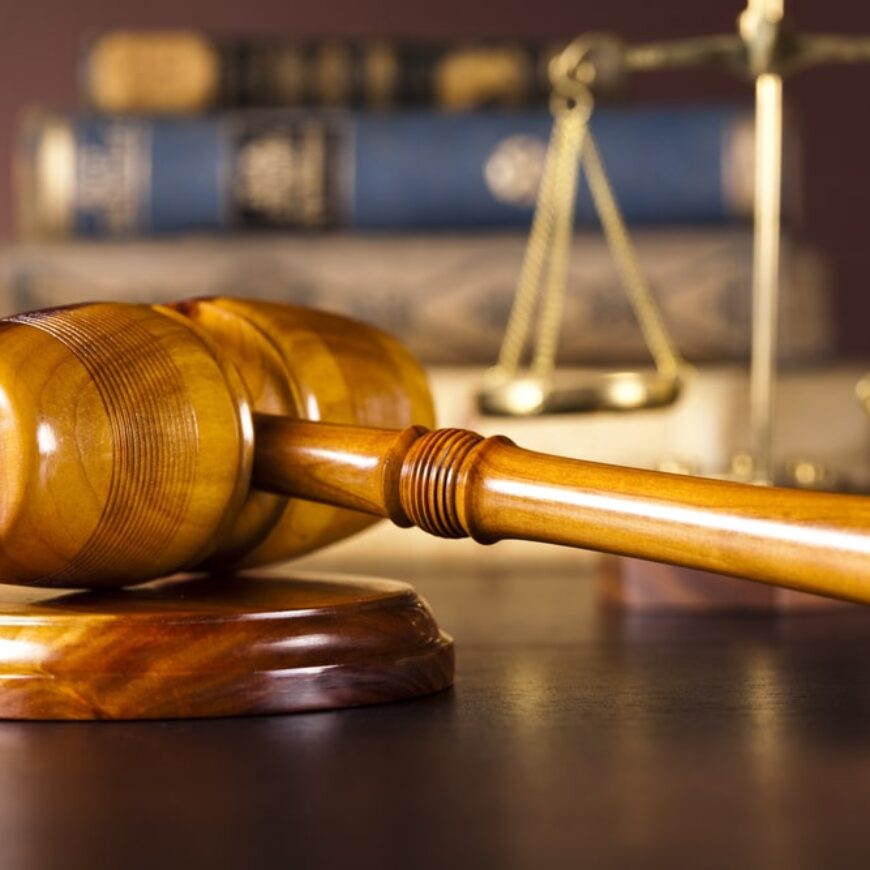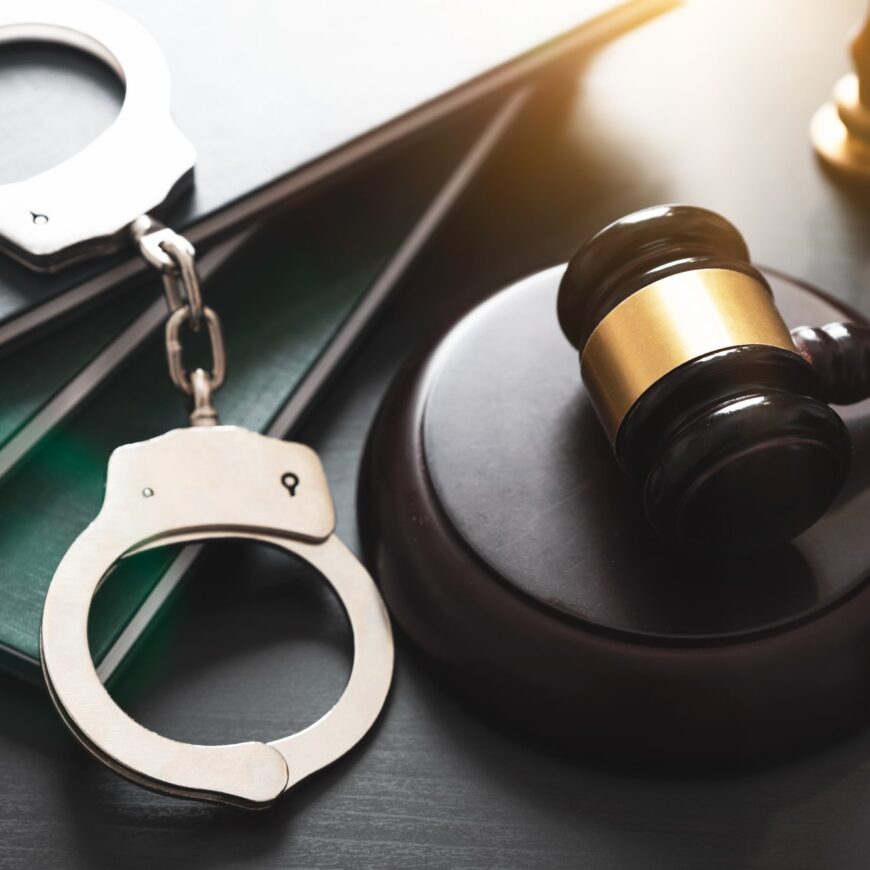Bankruptcy is a legal process that provides debt relief under title 11 of the U.S. Code. For consumers, there are two kinds of bankruptcy: chapter 7 and chapter 13. Chapter 7 is basically a liquidation bankruptcy. There is no need to establish a payment plan. A chapter 13 bankruptcy provides for reorganization in a three to five-year repayment plan of the full debt, or part of it.
Debtors who fall above median income eligibility levels may not qualify for relief from a chapter 7 filing. These people must file under chapter 13. Your income and expenses help to determine the amount you will pay in a chapter 13 reorganization bankruptcy.
An Overview of Chapter 7 and Chapter 13 Bankruptcy
In chapter 7 bankruptcy, non-exempt assets are liquidated, and the proceeds are used to pay down debts. State laws determine exempt assets, which are assets you can keep. Each state in the nation has its own individual exemption statutes. Non-exempt assets may include, but are not limited to:
- Large tax refunds
- Valuable artwork
- Coin collections
- Rental properties
- Second vehicles with equity
- CDs
- Stocks
- Bonds
A bankruptcy attorney can help you file a no-asset case, meaning you retain all your property after filing bankruptcy.
On the other hand, a chapter 13 bankruptcy is a reorganization plan. It is available to people who have a regular source of income and whose unsecured debt does not exceed a specified amount. In chapter 13, your attorney proposes a reorganization plan. The payment plan is based on your income and expenses. A trustee, creditors, or both may object to the plan if they believe you’re not paying all of your disposable income into the plan. The trustee may express objections to certain expenses if they are unnecessary or unreasonably high.
To file bankruptcy, your attorney must complete and file official legal forms with the court. A filing fee is required.
Determining Whether Bankruptcy is Right for You
Filing for bankruptcy is not a simple and straightforward decision. You will need to weigh the pros and cons and the long-term effects on your overall debt and credit worthiness. However, bankruptcy may generally be the best option if:
- You cannot pay off your debts within five years
- You’re paying your debts but not making progress
- Your total debt (excluding a mortgage) is more than 40% of your income
- Debt payments prevent you from meeting other significant financial goals, such as saving for your retirement
If you’re considering bankruptcy, schedule a consultation with a knowledgeable and experienced bankruptcy attorney. In many cases, initial consultations are free. A bankruptcy lawyer can help you better understand your overall financial situation, whether bankruptcy is the ideal option for you, and which type of bankruptcy to file.
If you are struggling with debt and unable to make ends meet, a bankruptcy lawyer can help you get back on your feet and more in control of your life. It can be done relatively quickly, as well.


